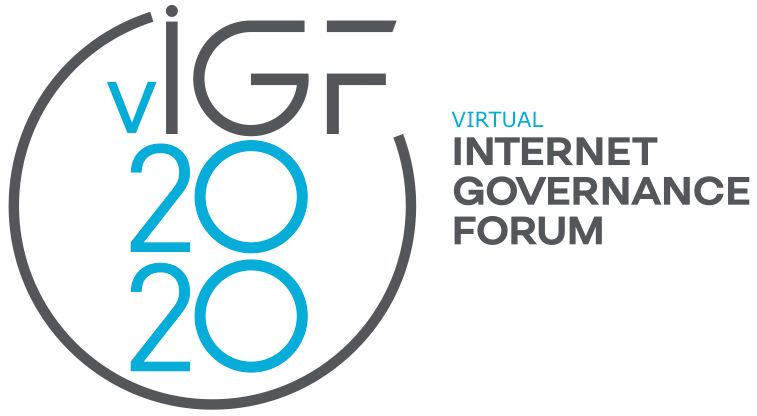Multilingualism online: Old challenges and new perspectives
17 Nov 2020 13:50h - 15:20h
Event report
As of 2020, 154 language scripts are supported by Unicode. Most of the content on the Internet is in English. Increased use of local scripts, local languages, and local cultures on the Internet is an opportunity to improve participation of local communities and to reach out to underserved regions. But does it also pose challenges, such as the potential risk of fragmentation? How can we measure the benefits of multilingualism and the support of different writing systems on the Internet? How can we capitalise on the benefit while addressing the risks?
With internationalised domain names (IDNs) and multiple emails, what is stopping the Internet from being truly multilingual?
Mr John Klensin (Independent Consultant) highlighted that languages are hard and translating them in a culturally appropriate way is even harder. Usually, application developers want to make their applications globally accessible and they do so by building it in one environment and then just translating it, mostly via a machine. This may not always work out well, especially for minor languages that are not used by a large number of people as the machine has not had the opportunity to learn enough. There have also been instances where the translation has gone culturally wrong, or their orientation from right to left or vice versa is botched.
One of the solutions to this problem is to focus on the local content and the local application development. To achieve this, we need to equip societies with such skills so that locals who know the language, translation, semantics, and cultural nuances can build applications correctly.
Mr Abdalmonem Tharwat Galila (Deputy Manager, National Telecom Regulatory Authority) said that all domain names and e-mails in any language should be treated equally and be accepted by all systems similarly.
Three years ago, 75% of the content on the Internet was in English, today it is 50%, and in 20 years it will be 25%, which goes to say that multilingual applications are increasing. Internationalised domain names have facilitated consistency in e-mail, domain names, and content. However, IDNs are still not universally accepted. One of the ways to connect the unconnected is to raise awareness on the use of the multilingual Internet in local languages.
When the .ru registry planned to make available the country code top-level domain (ccTLD) in the Cyrillic script, there was not much enthusiasm among users, said Ms Maria Kolesnikova (Project Manager, The Coordination Center for TLD RU). However, since the pandemic started they have recorded a 26% increase in the IDNs in their region. While the adoption of IDNs is growing in Russia, Mr Amitabh Singhal (Director of Telxess Consulting Services Pvt Ltd, former CEO of the National Internet Exchange of India (NIXI)) said that India has yet not noticed a surge in the adoption of IDNs. Singhal also noted that there is a need for stronger growth and marketing strategies.
Related topics
Related event

